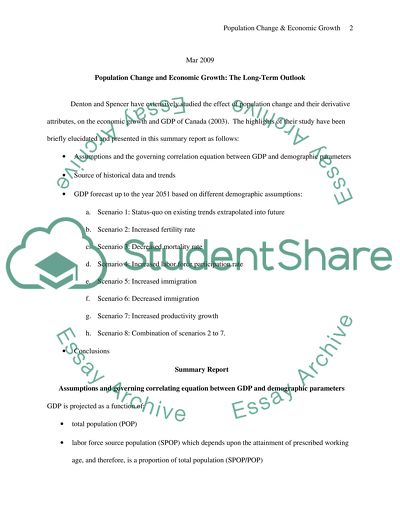Cite this document
(“Population Change and Economic Growth Research Paper”, n.d.)
Population Change and Economic Growth Research Paper. Retrieved from https://studentshare.org/miscellaneous/1519508-population-change-and-economic-growth
Population Change and Economic Growth Research Paper. Retrieved from https://studentshare.org/miscellaneous/1519508-population-change-and-economic-growth
(Population Change and Economic Growth Research Paper)
Population Change and Economic Growth Research Paper. https://studentshare.org/miscellaneous/1519508-population-change-and-economic-growth.
Population Change and Economic Growth Research Paper. https://studentshare.org/miscellaneous/1519508-population-change-and-economic-growth.
“Population Change and Economic Growth Research Paper”, n.d. https://studentshare.org/miscellaneous/1519508-population-change-and-economic-growth.


